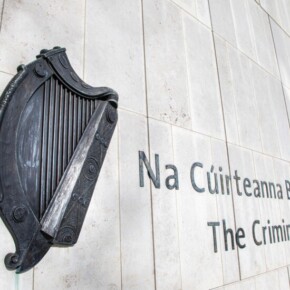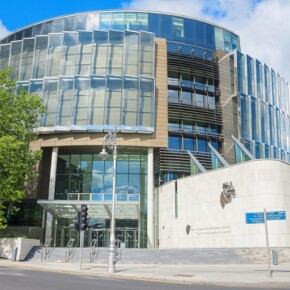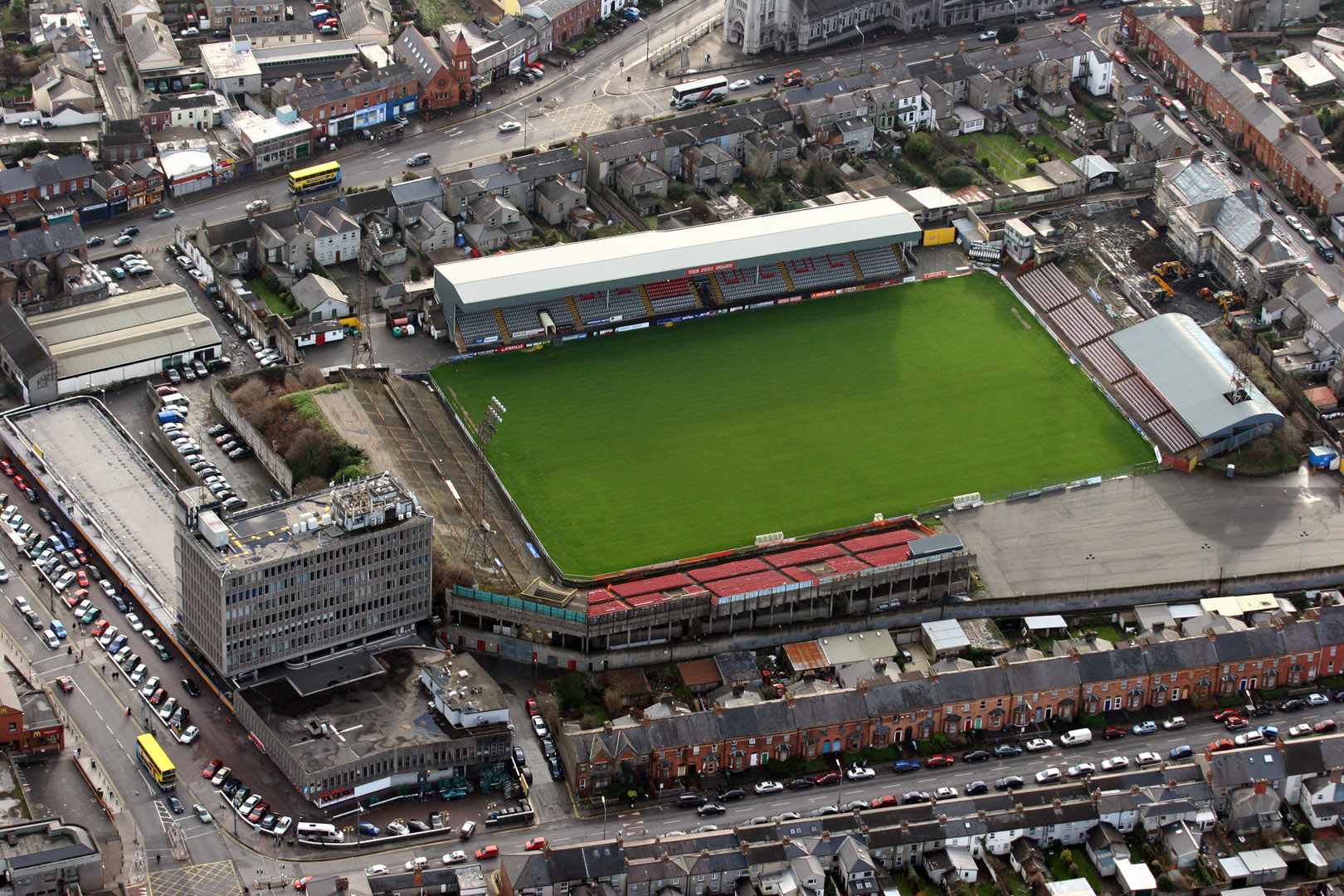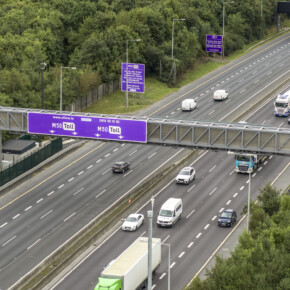Another chance for public to submit to Metrolink hearings
Mike Finnerty 04 Sep 2024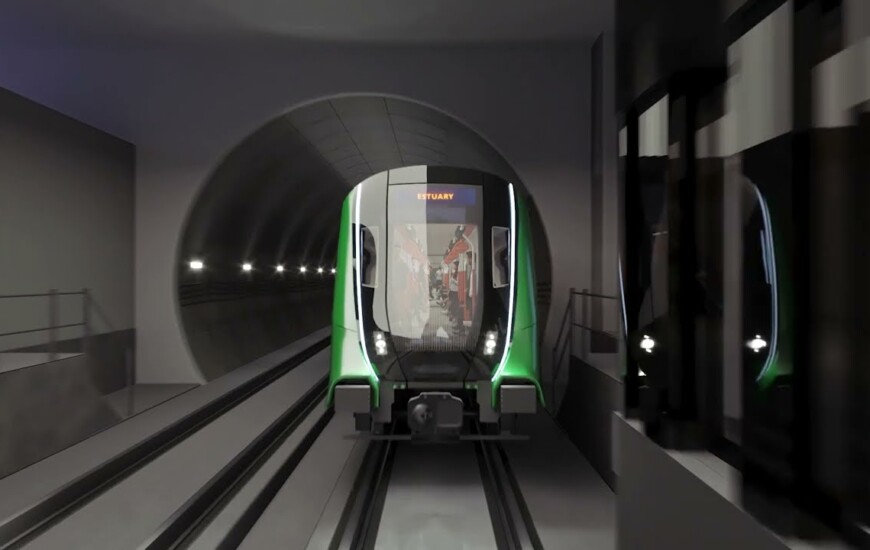
Members of the public will have their chance to look at the information that was submitted during the Metrolink oral hearings that took place earlier this year.
Between mid-February and late March, An Bord Pleanála heard from various stakeholders such as politicians, businesses and members of the public about their suggestions and feedback about the long-planned (and long-delayed) Metrolink project.
Over the course of the hearings, An Bord Plenála heard suggestions for and against the project, and now members of the public will be able to see what precisely was submitted.
The Metrolink project has said they will give the public a “sufficient opportunity” to “review, consider and comment” on the further submissions that were made after the oral hearing process ended.
Spring’s hearings heard from a number of local stakeholders, notably the Mater and Rotunda hospitals, who expressed concerns that the construction work could impact services.
The submission made by the Mater read “the relevant wing of the hospital that will be most impacted by TIl’s works is known as the Misericordiae wing, a protected structure. It is thus particularly sensitive to impacts from construction works.”
The Rotunda also expressed concern about the works impacting services provided by the hospital.
The Rotunda specifically expressed concerns about the level of noise that would occur during the construction process.
In both cases, the TII acknowledged there would be some form of disruption but they would go to great lengths, as well as consult with the hospitals well in advance of construction starting, to make sure that service disruptions are kept to a bare minimum.
In the case of the Rotunda, the TII said that while there is the potential for noise disruption during the construction process, it would likely not be an issue once the Metrolink itself is up and running.
The second consultation process has been open since August 19, and will be open again until October 8.
The documents can be viewed on the Metrolink website, or in person at a number of locations across Dublin city.
The hard copies of the documents can be viewed at An Bord Pleanála offices, Dublin City Council offices on Wood Quay, Fingal County Council office in Swords, Transport Infrastructure Ireland offices in Dublin, the National Transport Authority in Dublin 2 and the Ballymun Library in Dublin 11.
For those who want to make a subsequent submission, a €50 fee is payable by any member of the public who has not made a valid submission previously (and this can be made in writing to the board or online on the Board’s website at https://www.pleanala.ie/en-ie/observations).
No fee is payable by anyone who is an affected landowner (i.e. a landowner who has a property interest that is included in the Book of Reference), a designated body, or any member of the public who has already made a valid submission on the case (those submissions can be sent in writing by post/hand delivered or emailed to laps@pleanala.ie).
Transport Infrastructure Ireland told the hearings earlier this year that traffic congestion will cost Ireland €2 billion per year over the next decade if the Metrolink is not built.
The proposed route will start at the Estuary station in Swords before taking in Seatown, Swords Central and Fosterstown before serving Dublin Airport itself.
Following on from Dublin Airport, the line will travel down to Northwood, Ballymun, Griffith Avenue, Glasnevin, the Mater and onto O’Connell Street before heading Southside.
It is estimated that the Metrolink will be able to carry 21,000 passengers per hour, helping significantly reduce congestion in Dublin.
Labour TD Duncan Smith told the hearings “we cannot afford to delay any longer; Metrolink is a pro-climate, pro-economy, anti-congestion project which will be transformative for our city.”
He said that by building sustainable travel options, Metrolink would mark a significant quality of life change for people on the Northside.
With the lion’s share of the Metrolink running through his constituency, Smith said he was supportive of Metrolink being built.
“It’s time to bring Ireland’s transportation infrastructure into the 21st century,” he said.
“Our communities cannot afford further delays. Let this be the beginning of a new era of efficient, sustainable, and accessible transportation for Dublin.”
MetroLink Project Director Aidan Foley said that in 2021 Dublin was ranked as the 35th most congested city in the world.
Foley told the hearing that a single Dublin commuter will, on average, spend over 213 hours a year stuck in traffic, or just shy of 9 days.
Over the last week, the Dublin City Centre Transport plan has been enacted, with Minister for Transport Eamon Ryan saying that the “doomsday scenario” envisioned by various sectors of the media and businesses has failed to pan out.
Ryan told Newstalk “I’ve been involved in transport campaigns for about 30, 40 years; I can remember going right back when we pedestrianised Grafton Street and being told it would be disastrous.”
“When we pedestrianised Henry Street people said it would be disastrous – it wasn’t, in fact, we’ve never gone back.”
The controversial travel plan, which has seen traffic on Dublin’s quays rerouted, has seen a reduction in traffic levels in Dublin city centre since it was enacted on August 25 with users of Dublin Bus reporting quicker commute times during peak hours.


